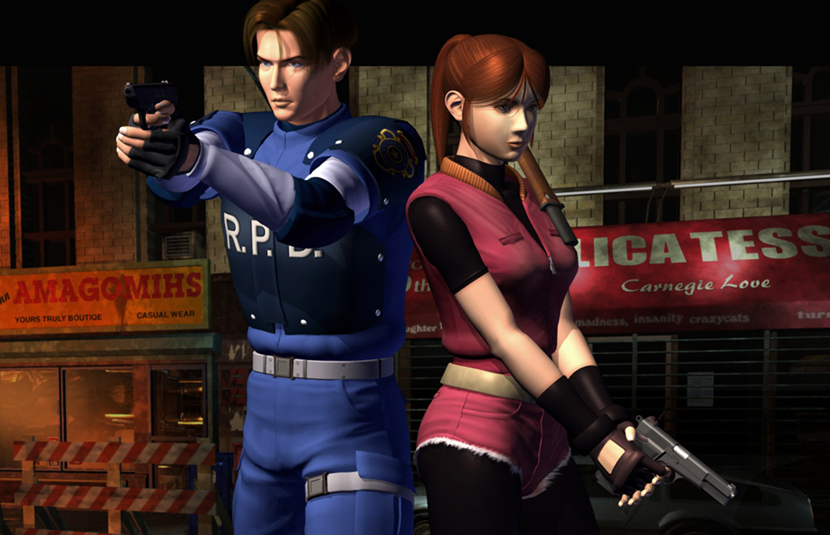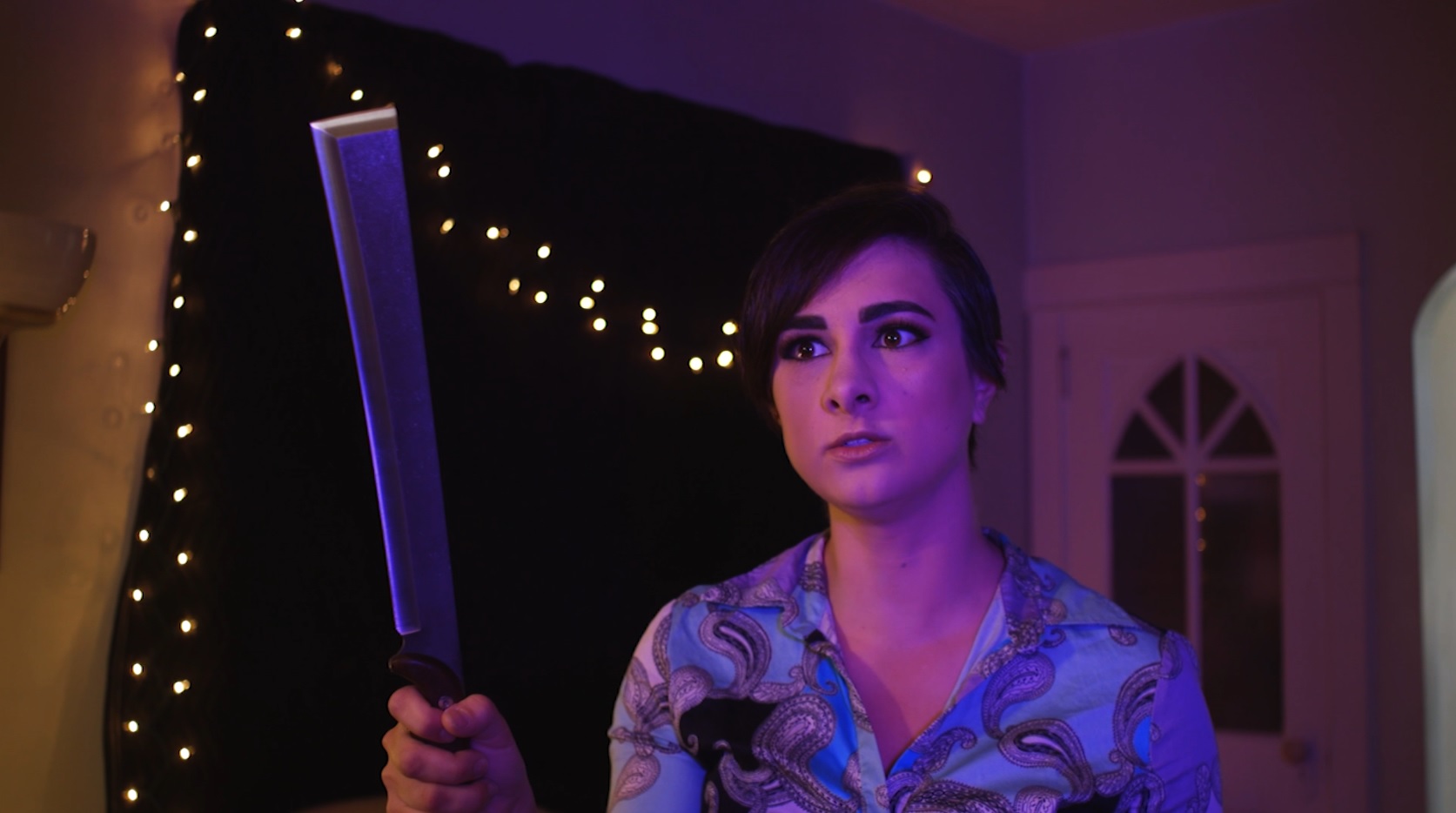

Editorials
The Nightmare Returns: ‘Resident Evil 2’ Turns 20
In case the recent coverage hasn’t clued you in, today marks 20 years since Resident Evil 2 lurched onto the PlayStation. And in a rare case of a sequel improving upon the original, RE2 surpassed the original game in almost every aspect. In fact, before Capcom reinvented the series with Resident Evil 4, Resident Evil 2 was the highest-selling entry in the series (over six million copies on the PS1 alone). Of course, longtime fans of the series know that RE2 originally started out much differently.
Now before you jump on me and say that we’ve done this article before regarding Resident Evil 1.5 (which we have), consider this next bit an addendum. And who doesn’t love more Resident Evil 2 talk?
Fans probably know the story by now: After the success of Resident Evil, Capcom decided to immediately begin work on a sequel a month after the first game’s release in 1996. Director Hideki Kamiya and producer Shinji Mikami were back to helm the game, but soon found themselves at odds with what the sequel was going to be like. Mikami wanted to end the series at two games, whereas Kamiya was, well, Kamiya (anyone who follows his Twitter knows he’ll block users for asking repeat or “stupid” questions).

Around 80% of this version of RE2 was completed before a new writer came in, and the entire project was scrapped. Many of the assets and features had to also be scrapped. Among them, the feature of having visible damage appearing on your character from attacks (which would have been revolutionary at the time), as well as a much different layout of the RPD building. As a way of compensating fans, Capcom released an enhanced version of the original game called Resident Evil: Director’s Cut in September 1997, which was also initially bundled with a playable demo of RE2.
Once RE2 was released, it was a massive hit. Backed by a $5 million advertising campaign, upon its release, the game sold 380,000 copies and grossed US$19 million. It actually generated more revenue than all but one film that weekend (James Cameron’s Titanic), and broke sales records held by Final Fantasy VII and Super Mario 64. Subsequent re-releases and ports followed, including a DualShock version for the PS1 to take advantage of the then-new DualShock analog controllers.

Possibly the most unique feature of the game is the “Zapping System”, where depending on which scenario you play and complete first, unlocks the other character’s second scenario, in which the events of the game are depicted from the other character’s perspective. For example, if you complete Leon’s first scenario (Leon A) and save that data, you unlock Claire’s second scenario (Claire B). Items taken or left in either Claire A or Leon A will affect the other character’s B scenario.
One huge improvement over the original RE is the graphics. No longer do we have the same-looking zombies patrolling a mansion. We now have zombies of all sorts (including some naked ones), and the number of zombies onscreen was upped to seven. To offset the inevitable shock value of the zombies, fans were introduced to The Licker (in a memorable way to boot), which is still terrifying even now. Instead of the visible wounds feature, Claire and Leon were made to limp slowly upon receiving heavy damage.

Music was also boosted. No longer did we have the pithy MIDI sounds of the original. Now the soundtrack was helmed by Masami Ueda, Shusaku Uchiyama and Syun Nishigaki. The trio worked on conveying “desperation” as the underlying theme, and it definitely reflected it. If you have a chance, track down “Bio Hazard Orchestra Album”, which has notable tracks (including the save room music) being performed by the New Japan Philharmonic.
Of course, being that it’s the 20th anniversary, the talk of that announced remake back in 2015 remains high. Capcom has been teasing something over the past week, whether it’s just the 20th anniversary of Resident Evil 2, or it’s the impending reveal of the actual remake. No one’s said anything directly as of yet, but regardless, there’s something on the way.


Editorials
Silly, Self-Aware ‘Amityville Christmas Vacation’ Is a Welcome Change of Pace [The Amityville IP]

Twice a month Joe Lipsett will dissect a new Amityville Horror film to explore how the “franchise” has evolved in increasingly ludicrous directions. This is “The Amityville IP.”
After a number of bloated runtimes and technically inept entries, it’s something of a relief to watch Amityville Christmas Vacation (2022). The 55-minute film doesn’t even try to hit feature length, which is a wise decision for a film with a slight, but enjoyable premise.
The amusingly self-aware comedy is written and directed by Steve Rudzinski, who also stars as protagonist Wally Griswold. The premise is simple: a newspaper article celebrating the hero cop catches the attention of B’n’B owner Samantha (Marci Leigh), who lures Wally to Amityville under the false claim that he’s won a free Christmas stay.
Naturally it turns out that the house is haunted by a vengeful ghost named Jessica D’Angelo (Aleen Isley), but instead of murdering him like the other guests, Jessica winds up falling in love with him.

Several other recent Amityville films, including Amityville Cop and Amityville in Space, have leaned into comedy, albeit to varying degrees of success. Amityville Christmas Vacation is arguably the most successful because, despite its hit/miss joke ratio, at least the film acknowledges its inherent silliness and never takes itself seriously.
In this capacity, the film is more comedy than horror (the closest comparison is probably Amityville Vibrator, which blended hard-core erotica with references to other titles in the “series”). The jokes here are enjoyably varied: Wally glibly acknowledges his racism and excessive use of force in a way that reflects the real world culture shift around criticisms of police work; the last names of the lovers, as well the title of the film, are obvious homages to the National Lampoon’s holiday film; and the narrative embodies the usual festive tropes of Hallmark and Lifetime Christmas movies.
This self-awareness buys the film a certain amount of goodwill, which is vital considering Rudzinski’s clear budgetary limitations. Jessica’s ghost make-up is pretty basic, the action is practically non-existent, and the whole film essentially takes place in a single location. These elements are forgivable, though audiences whose funny bone isn’t tickled will find the basic narrative, low stakes, and amateur acting too glaring to overlook. It must be acknowledged that in spite of its brief runtime, there’s still an undeniable feeling of padding in certain dialogue exchanges and sequences.

Despite this, there’s plenty to like about Amityville Christmas Vacation.
Rudzinski is the clear stand-out here. Wally is a goof: he’s incredibly slow on the uptake and obsessed with his cat Whiskers. The early portions of the film lean on Wally’s inherent likeability and Rudzinski shares an easy charm with co-star Isley, although her performance is a bit more one-note (Jessica is mostly confused by the idiot who has wandered into her midst).
Falling somewhere in the middle are Ben Dietels as Rick (Ben Dietels), Wally’s pathetic co-worker who has invented a family to spend the holidays with, and Zelda (Autumn Ivy), the supernatural case worker that Jessica Zooms with for advice on how to negotiate her newfound situation.
The other actors are less successful, particularly Garrett Hunter as ghost hunter Creighton Spool (Scott Lewis), as well as Samantha, the home owner. Leigh, in particular, barely makes an impression and there’s absolutely no bite in her jealous threats in the last act.
Like most comedies, audience mileage will vary depending on their tolerance for low-brow jokes. If the idea of Wally chastising and giving himself a pep talk out loud in front of Jessica isn’t funny, Amityville Christmas Vacation likely isn’t for you. As it stands, the film’s success rate is approximately 50/50: for every amusing joke, there’s another one that misses the mark.
Despite this – or perhaps because of the film’s proximity to the recent glut of terrible entries – Amityville Christmas Vacation is a welcome breath of fresh air. It’s not a great film, but it is often amusing and silly. There’s something to be said for keeping things simple and executing them reasonably well.
That’s a lesson that other indie Amityville filmmakers could stand to learn.


The Amityville IP Awards go to…
- Recurring Gag: The film mines plenty of jokes from characters saying the quiet part (out) loud, including Samantha’s delivery of “They’re always the people I hate” when Wally asks how he won a contest he didn’t enter.
- Holiday Horror: There’s a brief reference that Jessica died in an “icicle accident,” which plays like a perfect blend between a horror film and a Hallmark film.
- Best Line: After Jessica jokes about Wally’s love of all things cats to Zelda, calling him the “cat’s meow,” the case worker’s deadpan delivery of “Yeah, that sounds like an inside joke” is delightful.
- Christmas Wish: In case you were wondering, yes, Santa Claus (Joshua Antoon) does show up for the film’s final joke, though it’s arguably not great.
- Chainsaw Award: This film won Fangoria’s ‘Best Amityville’ Chainsaw award in 2023, which makes sense given how unique it is compared to many other titles released in 2022. This also means that the film is probably the best entry we’ll discuss for some time, so…yay?
- ICYMI: This editorial series was recently included in a profile in the The New York Times, another sign that the Amityville “franchise” will never truly die.
Next time: we’re hitting the holidays in the wrong order with a look at November 2022’s Amityville Thanksgiving, which hails from the same creative team as Amityville Karen <gulp>












You must be logged in to post a comment.